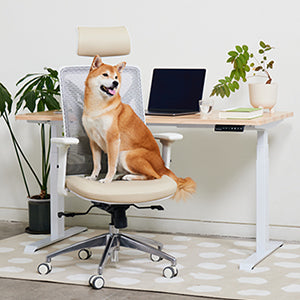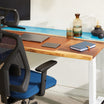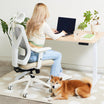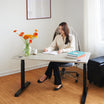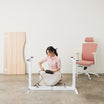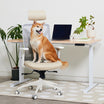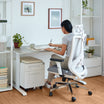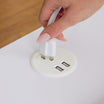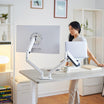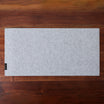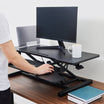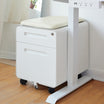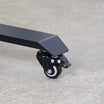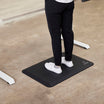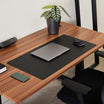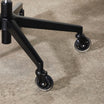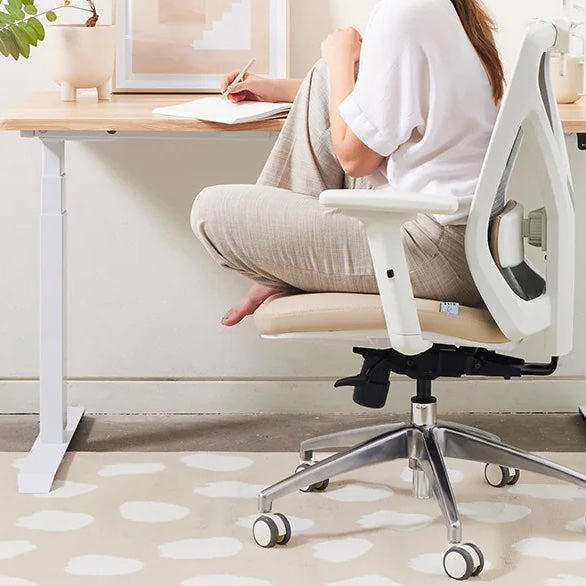“The office was an activity long before it was a place”
– Gideon Haigh, The Office: A Hardworking History
As you join your daily zoom calls thinking that working from home is a new incursion born from the unprecedented nature of the pandemic, you may be surprised to find out that working from home is actually not a new concept, but one that was common as far back as medieval times. So how did the modern office evolve to the way it was before covid, and what does that mean for us now?
Centuries saw a shared daily pattern of waking, commuting to, and arriving at the communal office to work. The idea of work became inseparable from the image of the office, and it was not until recently that we saw the decoupling of these two concepts to discover the benefits of freedom and mobility. But was this truly a recent development? Or are we just returning to a custom that defined the past? Not just recent events, but our history informs us that the physical spaces where we work respond to the forces of society, technology, and culture.

How Did the Office Start?
The first offices sprung up within large organizations, including governments, companies that dealt in trading, and religious organizations that required heavy written documentation. For example, medieval monks designed communal, quiet workspaces for the efficient completion of their tasks, which included copying and studying manuscripts. These workstations are depicted in Botticelli’s St. Augustine in His Cell, and consisted of a desk, chair, and storage shelves.

As the earliest versions of what would eventually become the modern corporate office, these workplaces were not only spaces to work in, but visible symbols of prestige, organization, and power.
These types of spaces were rare, however, in the medieval times. Most people, like the many people that switched to remote working recently due to the pandemic, worked from home. The 17th Century brought forth a turning point where working from home slowly stopped being the norm, and more and more people went to the office.
Offices began sprouting up in Amsterdam, London, and Paris, where lawyers, civil servants, and other types of new professionals began to work regularly. A new cultural distinction was born, between the office which became associated with work, and the home which became associated with comfort, leisure, privacy, and intimacy.

Working from home persisted despite these early offices, with 19th century banking dynasties even elevating the work-from-home system by operating out of luxurious homes to make clients feel at ease. The glamorization of working from home started by such families as the Rothschilds and Barings was paralleled by Hugh Hefner’s move to run his Playboy empire from his circular bed in his Chicago apartment’s bedroom – though this was during the 1960s, long after the office was well established in our cultural routine.
Home offices soon became exceptions to the general rule of the time, however. More and more specialized office designs propped up over the course of the nineteenth and twentieth centuries, notably the office towers of Chicago and New York. These suburban, post-war corporate campuses reinforced the strong distinction between work and home, a distinction that has remained in our society’s mind ever since.

Modern theorists have since come to the understanding that the office environment mirrors that of a factory, arranging the tasks sequence and proximity to boost productivity. Even concessions in an office, like a nice bouquet of flowers, can be interpreted as an investment to boost morale, and therefore productivity.
What was the role of technology in the evolution of the office?
Technology has a large hand over everything society does, and this was no exception. Morse’s Telegraph, Bell’s telephone, and Edison’s dictating machine, three additions of the early 20th century, revolutionized not only communication, but more specifically the concepts of work and office design. Now, offices could be separate from factories and warehouses, because telecommunication could unite the now separable white and blue collar workers. These new technologies may have suggested the potential for a distributed workforce, but what really happened was an increase in the centralization of work in America.
The technology company IBM, in 1964, brought into the world a new technology that changed everything. It was a magnetic-card recording device placed into a Selectric typewriter, and its impact is eternal on every level. With this early word processor, you could now store information, and the computer-based work began. With its creation, fears over the total replacement of humans with robots were born. Now it may seem like those fears held some weight, but not as fears, just predictions.

In our current age of digital maturity, the end of the office does appear to be coming. But this is not the dystopian end that the protestors in the 60s feared, but one of increased flexibility and freedom for workers everywhere. More people can now work from home more than ever with our online connectivity. Contrastingly, many of the organizations that first pioneered online connectivity, enabling the idea of “working anywhere, anytime” are now bringing employees back in person, and canceling their work-from-home policies. Yahoo and the already-mentioned IBM are two notable examples.
The following years will show us just how the office will change next, and help us find our answers in weighing the anthropological advantage of being together in a physical space, with the individual benefits of having more freedom and flexibility from home.

